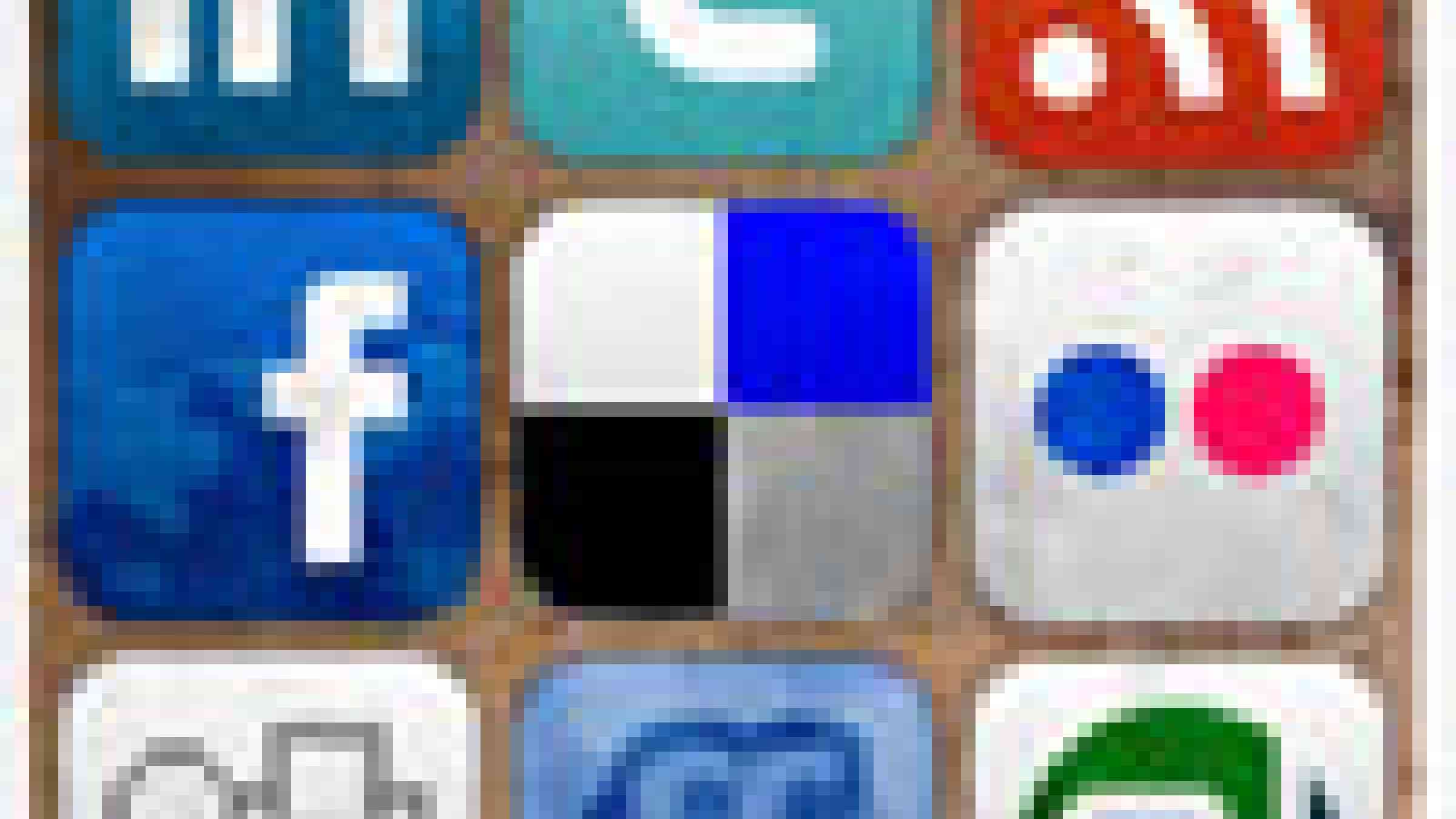COP16 from a DRR Perspective: Social media

Social media: channeling conversations and information-sharing for risk reduction
The need to communicate and share information is strongest at a time of disaster.
As social media and mobile phone use has grown, so too has the use of these technologies to signal the onset or aftermath of a disaster. Twitter, Facebook, blogs, and other social media were used extensively during Haiti to connect people affected by the earthquake with the outside world with reports about the devastation, as well as to ask for help.
“Ushahidi,” a web platform for exchanging information, was developed to use crowd-sourcing information sent by SMS to monitor political conflict in South Africa, Burundi, India, Mexico and Sudan. It has been used to monitor the BP oil spill in the Gulf of Mexico. Ushahidi was also used in a campaign called “Stop Stock-Outs” to check the availability of essential medicines in local health centres. Within five days of the campaign, participants reported more than 250 stock-outs in four African countries.
The public and private sector are setting up partnerships to make better use of social media for disaster risk reduction. In 2009, The Global Humanitarian Forum initiated an innovation project to partner with Ericsson, the world’s leading provider of telecommunications equipment and services, and its African partners to install 5000 weather observation stations across Africa alongside new and existing mobile phone towers to take advantage of the connectivity, power, and security of the phone towers.
Information from the weather stations will provide governments and scientists in the agriculture, energy, water, and transportation industry with the necessary data to develop plans and activities to reduce their risk to disasters and adapt to a changing climate. Better weather information will support the development of services, such as microinsurance, which can be based on weather data indexes, such as rainfall.
Social media can help build momentum and channel concerns of citizens on how to address disaster risk and climate change. Oxfam International initiated a 48-hour Twitter campaign called “Tweet in a Bottle” in the second week of the 2010 UN climate summit in Cancun, Mexico. The goal is to ask the world to send Twitter messages to the heart of the UN negotiating process.
Reducing the long-term impacts of disasters requires a change in perspective from a response-focused approach to preparedness and reducing the risk that emanate from natural hazards and climate change. At the same time, technology opens up opportunities for DRR practitioners, governments, and experts to think, act and share creatively to plan and build resilience for the future.
The use of social media -- blogs, wikis, podcasts, vidcasts, or photo-sharing applications -- for disaster risk reduction is relatively new. Yet the benefits of this innovative way to communicate are clear.
(Follow UNISDR on Twitter)
(Image from http://www.simplyzesty.com/news/social-media-save-newspapers/)